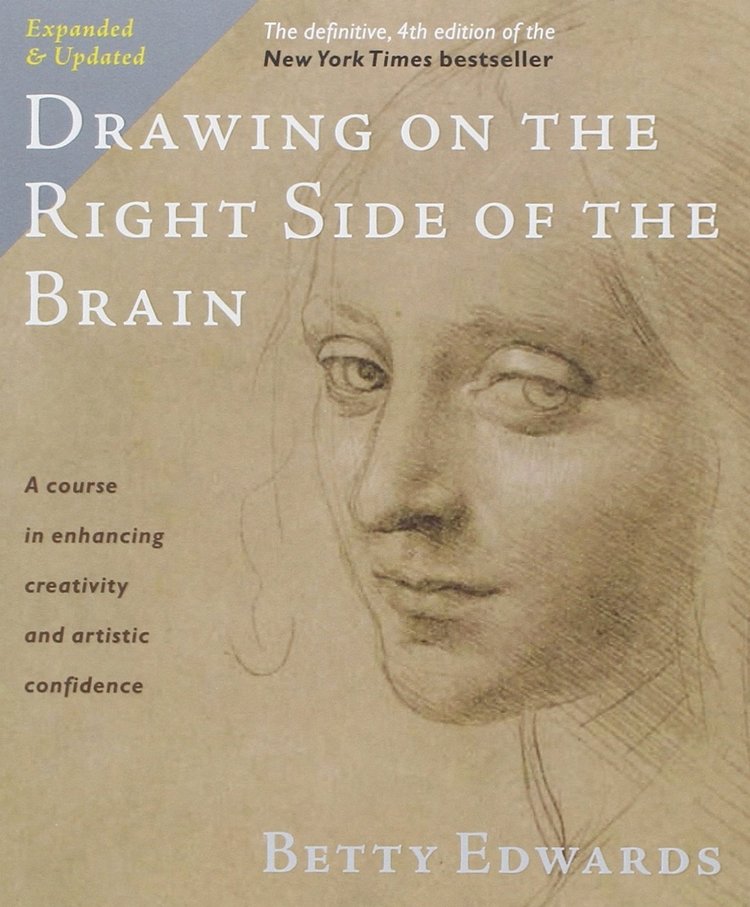Click here to read a fascinating story on getting the brain to like art!
“Thinking, Fast and Slow” by Daniel Kahneman
From the article in the New York Times (March 11, 2017):
“Art and neuroscience have long been used to illuminate each other. Santiago Ramón y Cajal, the 19th-century doctor who is considered to have laid the groundwork for modern neuroscience, drew intricate pictures of the brain that are on view at a Minnesota museum.
Today, the nascent scientific field of neuroaesthetics explores how artistic and aesthetic experiences register in the brain. And there have been other collaborations between museums and neuroscientists, like the 2014 exhibition at London’s National Gallery “Making Colour,” which included an experiment on color perception with guidance from Anya Hurlbert, a visual neuroscientist.”
The Peabody Essex Museum in Salem, Massachusetts, is doing some interesting things along these lines. “’We create large galleries with large numbers of works of art,’ museum director Dan Monroe said, but ‘our brains are designed to respond to change, diversity and motion.’ So he is trying to create smaller rooms with fewer works of art — as the museum has done with its latest temporary exhibition, “Shoes: Pleasure and Pain,” which feels almost mazelike.”
